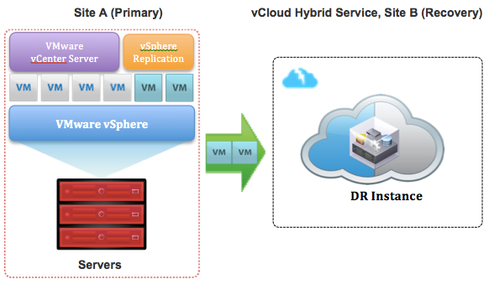

When you need to push OS and application updates, upgrades, and patches, you do it once on the host, and roll it out to multiple end-user devices. Centralization makes installation and maintenance more efficient. In addition, the costs of powering and maintaining a few host computers is lower compared to multiple physical devices. You cut costs when you centralize resources in a single host computer to support multiple virtual desktops, instead of installing multiple physical desktops on stand-alone devices. The benefits of using virtual desktops add up: What are the benefits of desktop virtualization? The hypervisor isolates each virtual desktop from the others, and supervises the allocation of underlying resources among them, such as memory, CPU power, network bandwidth, and so on. The hypervisor provides the software that runs multiple virtual desktops, including a variety of operating systems, applications, personal settings, user data, and so on. The host computer-often called a desktop virtualization server-is a hypervisor that resides in an on-premises data center or in the public cloud. The virtual desktop is separate from the physical device that the user uses to access it. The end users connect to their workstations-also called virtual desktops-remotely. In basic terms, desktop virtualization is a method of setting up a single host computer to support multiple user workstations.


 0 kommentar(er)
0 kommentar(er)
